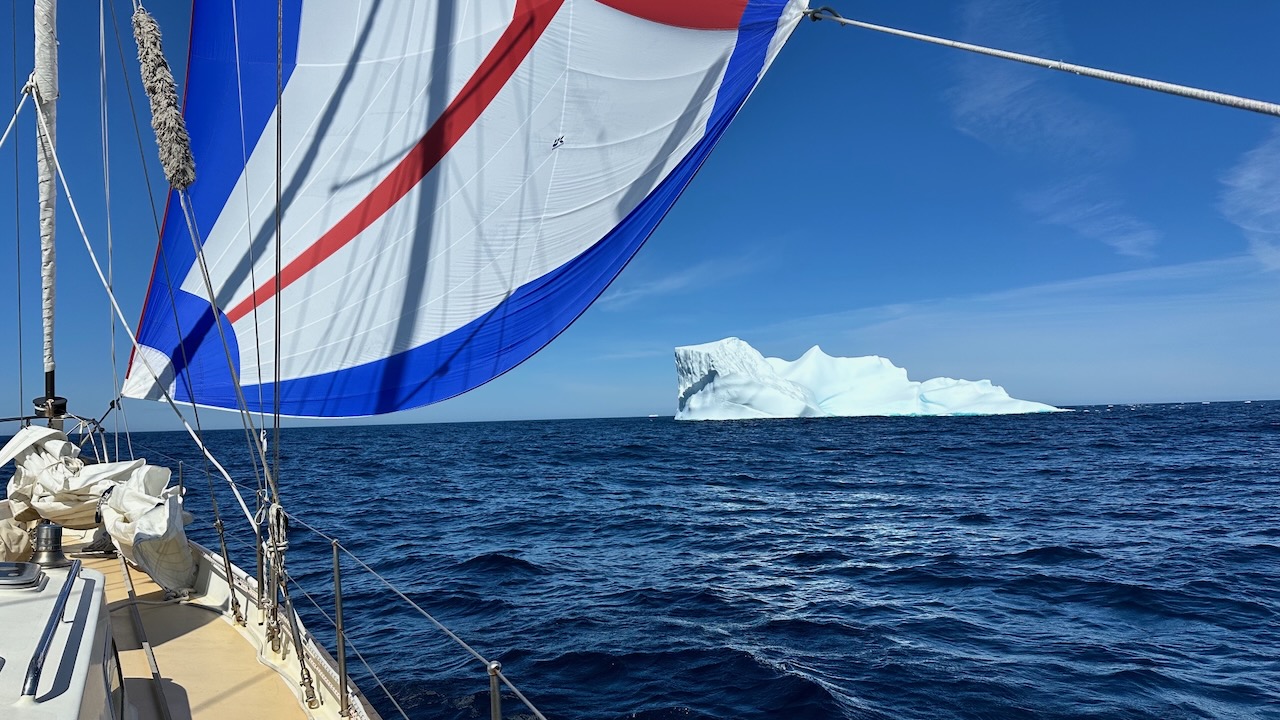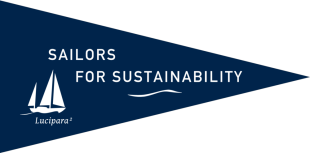We decide to go see it for ourselves. After driving through otherworldly landscapes characterized by red rocks and barren hills, we park our rental car. We climb nearly five kilometers over rocky terrain. Once at the top, we see only meager remnants of ice. Since the ice no longer moves, the Ok glacier has been declared dead. Up there on that mountain, amid Iceland’s vast primeval landscape, we grasp its historical significance. Through human actions, Iceland’s ice could potentially disappear entirely. Like the melting glacier in Patagonia, this place reminds us how far-reaching the consequences of human behavior are. Through the boundless sea that connects us all, the entire world will be affected by additional sea level rise from Iceland’s meltwater.
Heading Home
The dead glacier makes us think about the many inspiring sustainable solutions we’ve encountered along our journey. Nearly all contribute to curbing the climate crisis. “If only these were applied on a large scale,” Ivar contemplates. We both feel a strong desire to share these solutions with as many people as possible. That will be our goal when we return home.
But how do we get there? It’s now mid-August, and the first autumn storm approaches.
“If we hurry, we can reach the Faroe Islands before the storm hits,” Ivar calculates. Floris suppresses the thought of exploring Iceland more extensively and agrees. We use the rental car another day to get as many “aaaah’s” and “ooooh’s” as possible in – we refer you to the pictures – before we hoist the sails and set course for the Faroe Islands, almost 500 nautical miles eastward. “A destination for Vikings who were too seasick to sail all the way to Iceland,” Floris reads from the pilot book with a smile.



